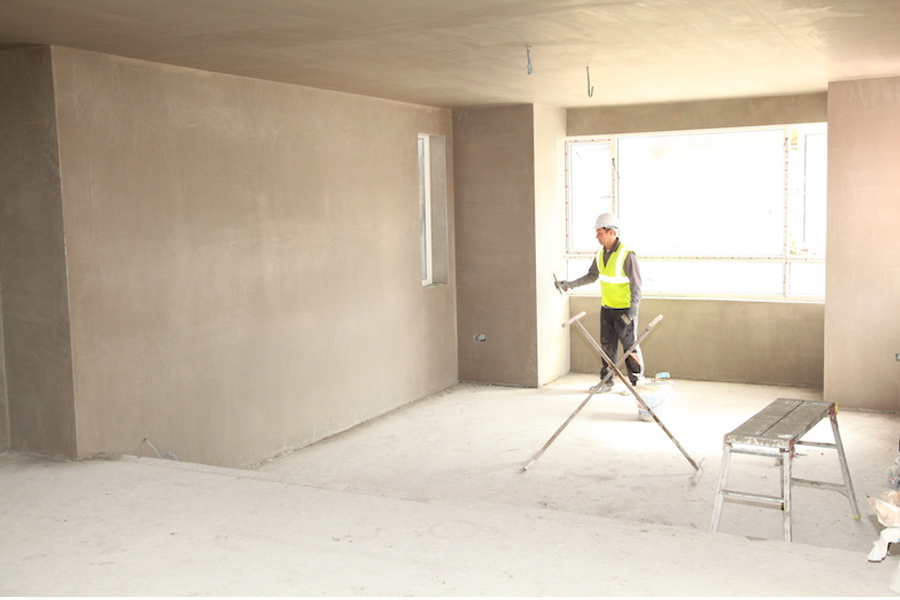Strategy Of Plastering Work
1. Readiness of Surface for Plastering
- Keep all the Wall Plaster joints of the divider harsh, to guarantee great attaching to hold the plaster.
- Roughen the whole divider to be plastered.
- Clean every one of the joints and surfaces of the divider with a wire brush. There ought not be any oil or oil left on the divider surface.
- On the off chance that there are any cavities or openings on a superficial level, fill it ahead of time with proper material.
- Assuming that the surface is smooth or the divider to be plastered is an old one, then, at that point, rake out the mortar joint to a profundity of somewhere around 12 mm to give a superior clinging to the plaster.
- Wet the mortar joints and the whole divider to be plastered. Keep it wet for no less than 6 hours prior to applying cement plaster.
- On the off chance that the projection on the divider surface is in excess of 12 mm, break it off, in order to get a uniform surface. This will decrease the utilization of mortar.
2. Preparation for Plaster
- To get a uniform thickness of Cement Plaster all through the divider surface, first, fix the specks on the divider. A dab implies a fix of plaster of size 15 mm * 15 mm and having a thickness of around 10 mm.
- Right off the bat, the specks are fixed on the divider evenly and afterward in an upward direction a ways off of around 2 meters covering the whole divider surface.
- Really look at the verticality of spots, one over the other, through plumb-sway.
- In the wake of fixing the dabs, the upward portions of plaster, known as tirades are framed in the middle of the dabs. These tirades fill in as the measures for keeping an even thickness of plaster being applied.
3. Applying Under Coat or Base Coat
- On account of block brick work, the thickness of the principal coat plaster is in everyday 12 mm and on account of concrete workmanship, this thickness shifts from 9 to 15 mm.
- The proportion of cement and sand for first coat plaster fluctuates from 1:3 to 1:6.
- Apply the main layer of plaster between the spaces shaped by the tirades on the divider surface. This is finished through a scoop.
- Level the surface through level wooden floats and wooden straight edges.
- In the wake of evening out, permit the primary coat to set, however not to dry, and afterward roughen it with a scratching device to shape a key to hold the second layer of plaster.
4. Applying Finishing Coat
- The thickness of the subsequent coat or completing coat might fluctuate between 2 to 3 mm.
- The proportion of cement and sand for the second layer of plaster fluctuates from 1:4 to 1:6.
- Prior to applying the subsequent coat, hose the principal coat equally.
- Apply the completing coat with wooden floats to a genuine even surface and utilizing a steel scoop give it a final detail.
- Beyond what many would consider possible, the completing coat ought to be applied to begin from the top towards the base and finished in one activity to dispense with jointing marks.
5. Relieving of Plastering works
- After culmination of the plastering work, the completed divider surface is saved wet by sprinkling water for no less than 7 days to foster strength and hardness.
- Gunny sacks or different materials are utilized to keep the plastered work surface wet in outside works.
- Inappropriate relieving may prompt breaks development or blossoming in plasterwork.
6. Care be taken after Completion of Plaster Work
- Cleaning of entryways or casings and floor regions is essential after the finishing of work.
- Restoring ought to be begun when the plaster has solidified adequately and should be relieved for something like 7 days.
- Restoring will initiate, 24 hours after the plaster is laid.






